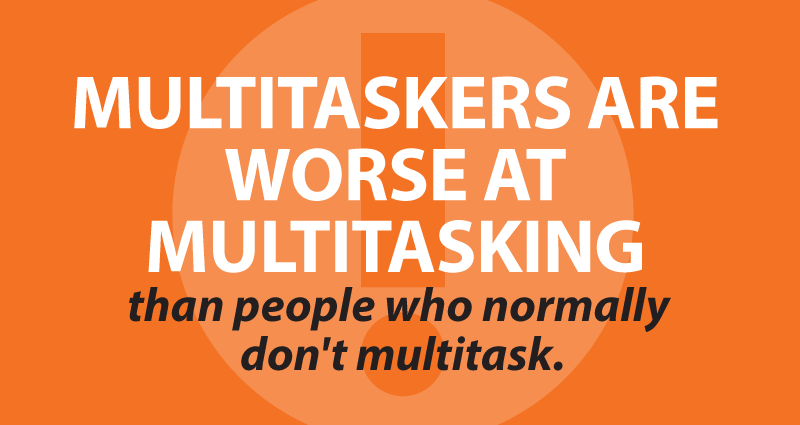
When consumers have the attention span of a goldfish
“The average attention span of an adult is 20 minutes.” – Brad Vander Zanden, University of Tennessee
“On the Internet, the average attention span is three to five minutes.”– Steven Hirsch, co-chairman, Vivid Entertainment
“The addictive nature of Web browsing can leave you with an attention span of nine seconds, the same as a goldfish.” – News/BBC.co.uk
Let’s face it, the average American is a multitasking media junkie.
People are online while watching TV, their children text friends while listening to music, and everyone seems to talk on the phone while they drive. New studies report that texting while driving is even more common among adults than kids, according to a new Pew Research Center report, nearly half of the adults who text (47%) have sent or read a text message while driving. American office workers not only keep an average of eight windows open on our screens at one time, we skip between them every 20 seconds.
What has all this multitasking done for the average person?
Severely decreased our attention span, made us less likely to focus, and less able to shut out irrelevant information. Stanford University researchers have concluded that persistent multitaskers are weaker at shifting from one task to another — which means multitaskers are worse at multitasking than people who normally don’t multitask. In fact, even the term “multitasking” is appropriately misnamed. Scientists have proven you aren’t really doing two things at once, you are just switching rapidly between them and losing mental efficiency with every switch.

Scientists also point out that all this technology may even be rewiring our brains.
Bursts of information provoke excitement and an accompanying burst of dopamine that researchers say can be addictive. In its absence, people start to feel bored. David Meyer of the University of Michigan, one of the world’s top experts on multitasking, even thinks of it “as a full-blown epidemic, a cognitive plague that has the potential to wipe out an entire generation of focused and productive thought. People aren’t aware what’s happening to their mental processes.
Whoa! Of course there are others that tout the benefits of a wandering mind and the free association it brings to the creative process. Sometimes you just need to learn about something truly odd* to spark your brain. (But that sounds like a future post, and I need to focus on this one.)
Doomsayers and scientists aside, we still need to market to the world we have.
So how should credit unions market to consumers that have the attention span of a little yellow fish? Here are five tips:
1. If you can’t tweet it, your message is too long. Chunk your copy strategically so it can be processed the same way.
2. Any offer needs to ask for an immediate action. Don’t add so much detail that no one understands what you want them to do.
3. Take advantage of their learned ADD. Consider letting a unique URL get attention, then use a micro-site to explain the offer and details.
4. No generic statements. Nobody cares that you provide great service. Say something worth their time, or no one will notice.
5. Go to your intended audience, don’t expect them to find you. Every demographic has their own little world, sometimes their own island.
- It’s hard not to get caught up in a buzz that surrounds you. - April 9, 2024
- Turn your staff into an Idea Factory. - February 27, 2024
- Move with the future or get left behind - February 6, 2024
